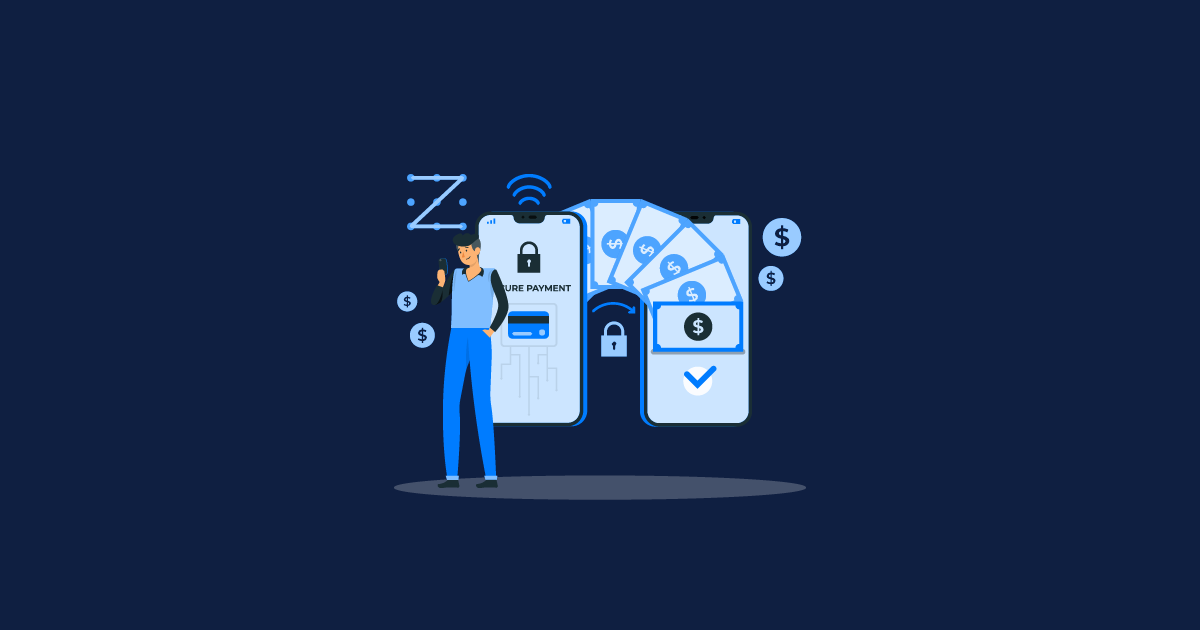Smoke Testing involves early-stage Testing that focuses on identifying significant issues, allowing for prompt revision and preventing the need for extensive bug fixing at a later stage.
By implementing this effective method, software developers and product owners can identify critical bugs at an earlier stage, resulting in time and cost savings. Let's delve deeper into the specifics of this Testing type.
What is Smoke Testing?
Smoke Testing is an approach to software Testing that assesses the readiness and stability of the deployed software for subsequent Testing.
Smoke Testing is performed prior to regression and functional Testing and serves as a confirmation for the Quality Assurance (QA) team to proceed with further Testing activities. Smoke Testing involves executing a minimal set of test cases on each software build to verify its functionality. For this reason, it is also referred to as Build Verification Testing and Build Acceptance Testing.
Types of Smoke Testing
There are three types of Smoke Testing and they are:
Manual: The process involves the manual development and maintenance of test cases for both new and existing features.
Automation: this process involves software tools to automate the Smoke Testing process.
Hybrid: as its name suggests, combines elements of both manual and automated Smoke Testing. Testers create test cases and subsequently automate them using Testing tools.
Why Do We Need Smoke Testing? Importance of Smoke Testing
Smoke Testing plays a vital role in software development as it verifies the accuracy of software systems during their early stages. By performing smoke tests, significant time and Testing efforts can be saved, contributing to the overall improvement of the system. Furthermore, the successful completion of a smoke test is a prerequisite for commencing other types of Testing. Here are additional reasons for conducting Smoke Testing:
Smoke Testing finds bugs and showstoppers ensuring that critical issues are identified early on.
It is necessary to detect defects at the initial stage of development, enabling prompt resolution and Smoke Testing is best for this situation.
Smoke Testing simplifies the detection and correction of the majority of defects, streamlining the overall development process.
Smoke Testing helps the QA team in identifying functionality errors that may have occurred due to code changes.
Smoke Testing is performed to assess system stability, ensuring critical software functionalities are working properly.
It is carried out to validate the conformance of software with specified requirements.
The overall functionality of the software is verified through Smoke Testing, offering a comprehensive assessment.
Benefits of Smoke Testing
Smoke Testing is without a doubt the best approach that helps you build and iterate software products more efficiently saving you time and money.
Considering this, let's explore the advantages:
Early Detection of Critical Issues: Smoke Testing allows you to identify major defects or errors early in the development cycle. By executing a set of basic tests, you can quickly uncover show-stopping issues that prevent further Testing or deployment. This early detection helps in saving time and effort by addressing critical problems upfront.
Rapid Feedback: Smoke Testing provides immediate feedback on the overall quality and stability of the software build. It helps development teams gain confidence in the build's reliability and functionality. This feedback allows teams to make informed decisions about whether to proceed with further Testing or to address critical issues before investing additional time and resources.
Efficient Utilization of Resources: Since Smoke Testing focuses on executing a small set of tests, it helps in efficient resource utilization. Instead of conducting exhaustive Testing on an unstable build, Smoke Testing allows you to quickly determine if the build is worthy of further Testing. This helps in optimizing the allocation of Testing resources and prevents wasting time on Testing software that is likely to have major issues.
Time and Cost Savings: By identifying critical issues early on, Smoke Testing helps in reducing overall Testing time and cost. Fixing issues in the initial stages of development is usually less time-consuming and expensive than addressing them later in the development cycle or after deployment.
Increased Software Quality: By ensuring that the basic functionalities of the software are working as expected, Smoke Testing contributes to overall software quality. It helps in establishing a solid foundation for further Testing and development activities. Catching and fixing critical issues at an early stage leads to a more robust and reliable end product.
Smoke Testing Use Cases
Wrapping Up!
Smoke Testing plays a critical role in software development. It is a non-exhaustive testing with very limited test cases to ensure that the important features are working fine and good to proceed with the detailed testing. It is also known as build verification test as the build is verified by testing the important features of the application and then declaring it as good to go for further detailed testing. Thus, organizations can improve the overall quality of their software and increase customer satisfaction by rendering Smoke Testing a crucial part of their Testing procedure.



